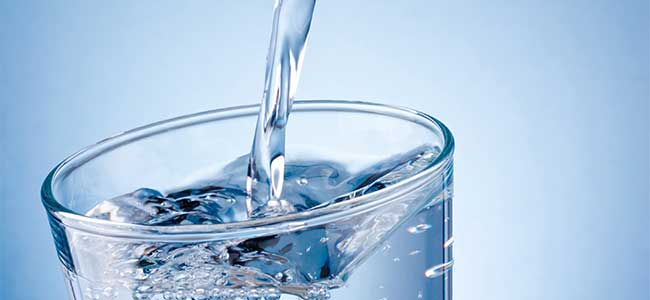
The Hopi Tribe and federal agencies have resolved drinking water issues, ensuring safe arsenic-compliant water for 6,400 residents through a $25 million infrastructure project.
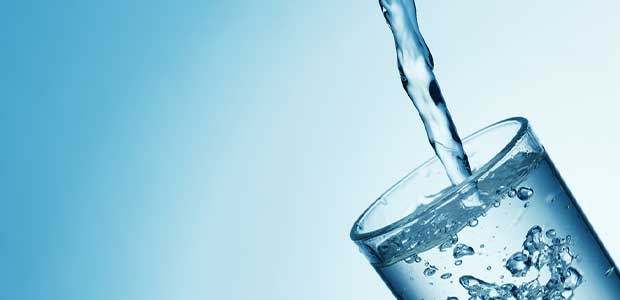
This year’s list includes per- and polyfluoroalkyl substances, known as PFAS or forever chemicals.

The agencies are soliciting research applications to conduct a multi-site study on the human health effects of exposures to per- and polyfluoroalkyl substances (PFAS) through drinking water.
The American Coatings Association asked for an extension of the comment period, which the agency granted. Comments are now due by 5 p.m. on Jan. 23.

"At the direction of Governor Cuomo, New York State has committed unprecedented funding to implement the infrastructure upgrades and state-of-the-art filtration technology that safeguards clean and efficient drinking water for decades to come," New York State Health Commissioner Dr. Howard A. Zucker said. "Protecting our water resources is an essential part of maintaining the health and well-being of communities statewide."
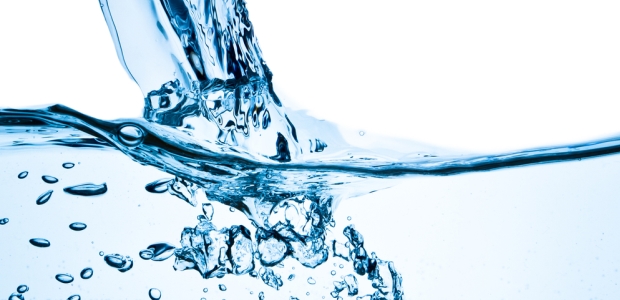
During 2017, more than 99 percent of Wisconsin's public water systems provided water that met all health-based standards for regulated contaminants. "In addition to monitoring, measuring system compliance is part of the overall strategy for managing a sustainable supply of safe drinking water," said Adam DeWeese, DNR section chief of the Public Water Supply Section.
"The TWDB has now committed more than $8 billion in financial assistance since the first cycle of SWIFT funding in 2015," Board Chairman Peter Lake said about the $1.9 billion in financial assistance approved July 26. "The high demand is a testament to the program's success in implementing the state water plan."
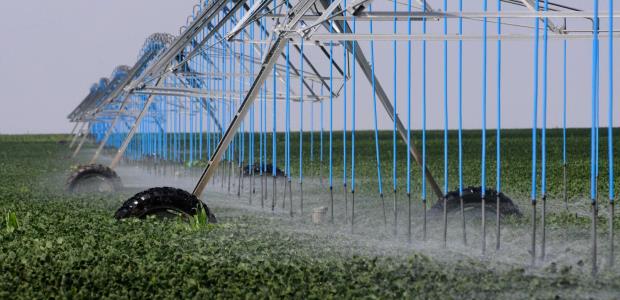
With the demand for water in this country and around the world growing significantly every year, we won't have the luxury of waiting thousands of years for these aquifers to carry water again.
The Nevada Division of Environmental Protection will receive a $100,000 Clean Water Act grant to continue the state's water quality management and planning program to improve impaired waters and protect unimpaired waters across the state.

The second of six informal public engagement sessions on the Great Lakes Restoration Initiative Action Plan III is taking place in Rochester, N.Y.

The two bills will establish an indoor per person water use goal of 55 gallons per day until 2025, 52.5 gallons from 2025 to 2030, and 50 gallons beginning in 2030, and they will create incentives for water suppliers to recycle water.
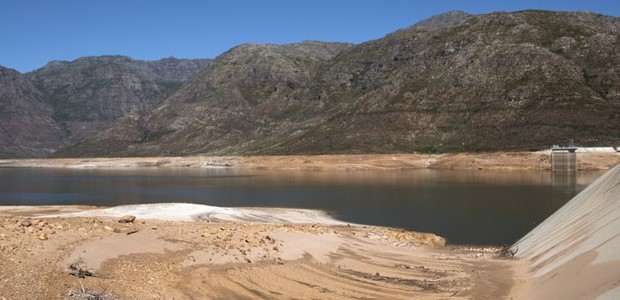
We are always going to have droughts. The only way we can address droughts and help prevent this drought domino and effect reduce mental stress is to use water much more efficiently.

In coming years, the industrial sector will be pressed harder to reduce water consumption and use water more efficiently. With water- and sewage-related costs increasing, they will want to reduce consumption even further.
By mid-June, oral cholera vaccine will be provided to more than 2 million people through campaigns in Zambia, Uganda, Malawi, South Sudan, and Nigeria.

"For decades, we have sought a solution to the problems of the Bay Delta, problems that put Southern California's water supply at risk," said Randy Record, chairman of the Metropolitan Water District of Southern California board of directors. "We finally have that solution, California WaterFix. We simply could not jeopardize the opportunity to move this long-sought and much-needed project forward."
The action plan summarizes the actions federal agencies and state are taking to achieve the targets for phosphorus reduction adopted by the U.S. and Canada under the Great Lakes Water Quality Agreement in 2016 and provides a mechanism for tracking progress.
Each year, the department presents awards to domestic wastewater and drinking water facilities around the state that demonstrate excellence in operation, maintenance, innovative treatment, waste reduction, pollution prevention, recycling, or other achievements.
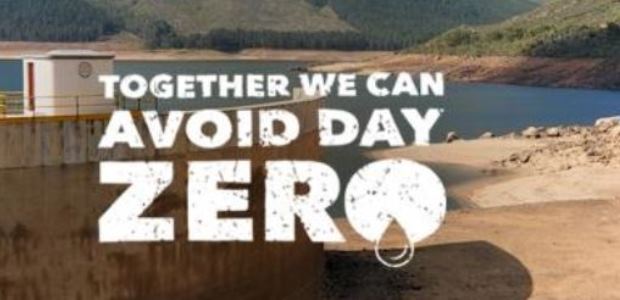
The city's executive deputy mayor writes that "defeating Day Zero is in sight if we sustain our water-saving efforts."
3M has agreed to provide an $850 million grant to the state for a special "3M Grant for Water Quality and Sustainability Fund."
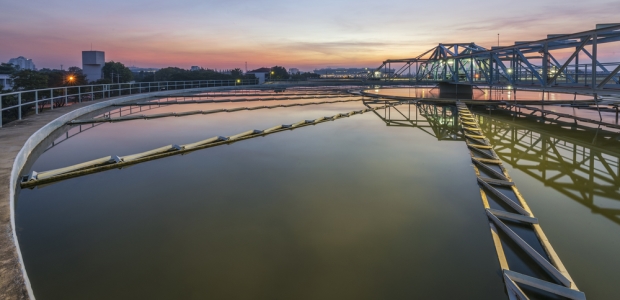
Wastewater has a lot of impact on the natural world and it is important to treat it effectively. By treating wastewater, you don't just save the creatures thriving on it, but also protect the planet as a whole.